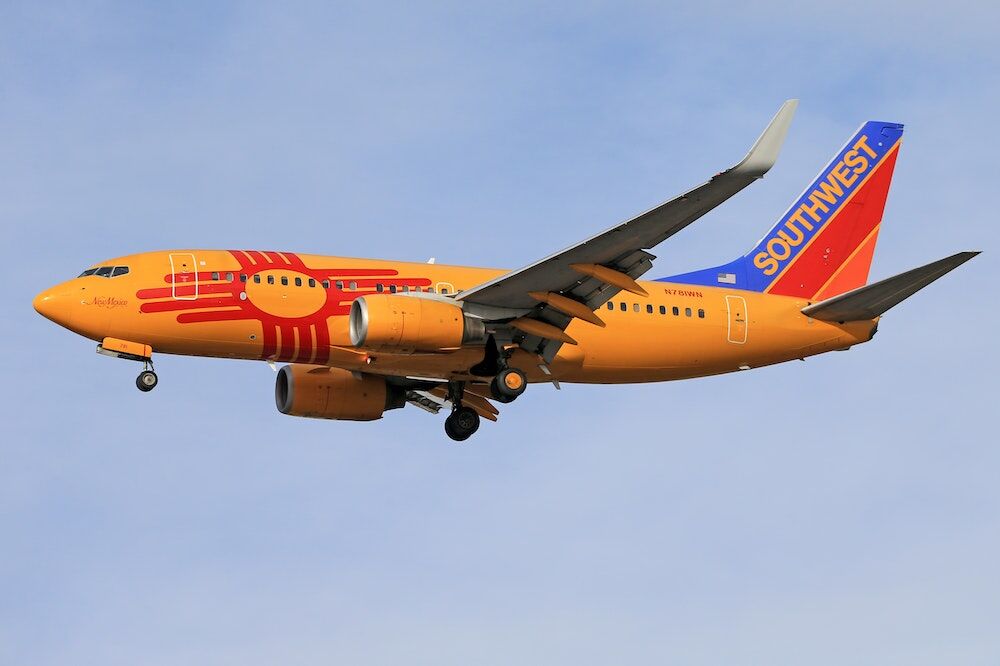What are the pros and cons of low cost air travel?
In this day and age, travel has never been more accessible to people of all economic backgrounds. With the rise of budget airlines, more people can fly to destinations far and wide at a fraction of the cost of traditional airlines. However, with this accessibility comes some disadvantages. In this blog post, we will explore the pros and cons of flying with a budget airline, so you can make an informed decision on whether it’s the right fit for you.
Did you miss a connecting flight? File a compensation claim online.

Pros and Cons of Low Cost Air Travel
What are the pros and cons of low cost air travel?
Are low cost flights even worth it?
To assist you in making an informed decision for your next flight, we have compiled a list of both pros and cons of advantages and disadvantages of low cost airlines.
1. Advantages of Low Cost Airlines
While there are some disadvantages of low cost airlines, there are also numerous benefits to consider.
1.1 Affordability
The biggest advantage of flying with a budget airline is the cost savings.
Budget airlines are known for offering cheap flights, which can be a great option for those traveling on a budget. They also offer various sales, promotions, and discounts you can take advantage of, allowing you to travel more frequently or farther distances.
These airlines usually charge lower fares than regular airlines because they operate on a no-frills model. That means you’ll have to pay for extras like meals, baggage, and drinks.
However, if you’re willing to forego these extras, you can save a lot of money.
Why are low cost airlines so cheap? Low-cost airlines optimize their operations and reduce costs by streamlining processes and offering essential services. They use fuel-efficient aircraft and operate point-to-point routes, bypassing hub airports. Ancillary services generate additional revenue, while lower overhead costs and simplified distribution channels contribute to cost savings. Efficient turnaround times and economies of scale further enhance their competitiveness.
1.2 Access to Many Destinations
Budget airlines serve many destinations, including some remote locations that aren’t serviced by regular airlines. This means you can travel to more places and experience more new cultures without spending a fortune.
Low-cost carriers operate in major cities, as well as smaller remote areas.
1.3 Safety
Low-cost airlines are equally safe compared to traditional carriers. Many budget airlines operate modern aircraft, offering passengers the opportunity to enjoy latest flight technology and amenities at affordable prices.
Low-cost airlines are subject to the same strict safety regulations as other airlines. In fact, some low-cost airlines have a better safety record than their full-service counterparts. Whenever in doubts, you can research the safety record of an airline before you book your flight.
Furthermore, low-cost airlines adhere to the same laws and regulations as full-service airlines, ensuring equal regulatory oversight across the industry.
Read more: UK/EU Compensation Guide
1.4 Frequent Deals and Discounts
Travelers can take advantage of frequent deals and discounts offered by low-cost airlines to find even more affordable options for their flights. These promotions provide opportunities to save money and make air travel accessible to a wider range of people.
With these enticing offers, passengers can enjoy the benefits of affordable fares while exploring their desired destinations.
1.5 Increased Competition
The emergence of low-cost airlines in the market intensifies competition, prompting traditional carriers to adjust their fares in order to stay competitive. This increased competition often results in lower prices industry-wide, benefitting consumers.

2. Disadvantages of Low Cost Airlines
Opting for a low-cost airline offers several advantages, but it does come with certain limitations.
2.1 Hidden Costs
Budget airlines often lure customers in with lower fares, but then add on a lot of hidden costs. These costs can include carry on bag fees, checked baggage fees, seat selection fees, and other extras that can quickly add up.
Low-cost airlines often charge extra fees for even the most basic services, such as airport check-in and printing boarding passes.
Before booking a flight, read the fine print carefully so that you know what you’re getting into.
2.2 No-Frills Service
Budget airlines don’t offer the same level of service as regular airlines.
You won’t have access to things like free meals or drinks, and the seats can be uncomfortable and cramped.
Unlike traditional airlines, budget airlines wouldn’t offer luxuries like blankets or pillows. This might not be an issue for short flights, but on longer flights, this can make it less comfortable when trying to sleep or relax.
How do low cost airlines make money if the tickets are so cheap? Low-cost airlines charge additional fees for services such as checked baggage, seat selection, in-flight meals, priority boarding, and extra legroom. Low-cost airlines also sell various products and services onboard, ranging from snacks, beverages, duty-free items, and merchandise. These are two of the most popular ways how budget airlines make money.
2.3 Uncomfortable Seating Arrangements
The seating arrangements on budget airline flights can be uncomfortable, with less legroom and smaller seats.
Budget airlines frequently employ a higher seat density configuration, allowing them to accommodate more seats within the same available space on the aircraft. This approach often results in narrower seats and limited legroom, which can contribute to a sense of discomfort and confinement.
To minimize weight and maintenance expenses, budget airlines often choose seats with minimal padding. This lack of cushioning can result in harder and less comfortable seats, particularly during long flights.
Additionally, some budget airlines offer seats with limited or no recline. While this design choice optimizes space and eliminates the need for complex mechanisms, it can compromise the comfort of longer flights.
2.4 Delays and Cancellations
Budget airlines are known for their delays and cancellations, which can be frustrating if you’re trying to catch a self-transfer flight or have plans at your destination.
These airlines often have a smaller fleet and less experienced staff, which can lead to more frequent breakdowns and delays.
Keep in mind that low-cost airlines adhere to the same laws and regulations as full-service airlines, ensuring equal regulatory oversight across the industry. If your flight is cancelled or delayed, you may be entitled to flight compensation.
Read more: UK/EU Compensation Guide
2.5 Inconvenience
Budget airlines might save you money, but this can come at a cost.
You might have to endure longer layovers or more connections, or even fly to an airport that’s further from your final destination, making it much more difficult to reach your hotel or accommodation.
Budget airlines often fly to smaller or lesser-known airports, making it harder for you to access your destination or connect with other flights.
2.6 Distance From Airport to City
Budget airlines often operate from small airports located far outside the city.
While this is cost-effective for them, it may inconvenience travelers as it takes longer to reach the city center. Before booking your flight, it is wise to verify the exact airport location.
For instance, Wizz Air promotes flights to Paris and London, but the airports used are Paris Beauvais and London Luton which are not main airports of these cities. It may take more time to get to the city because the mentioned airports are further away from the city.
Do you have more questions about what are the pros and cons of low cost air travel? Feel free to ask in the comments section.
Featured photo by Jeffry Surianto from Pexels
About the author:
Una is an organized globetrotter and foodie who’s been living a digital nomad lifestyle since 2013. She always starts her day early with a good book before diving into work. Apart from traveling and aviation, her other passions include gym, hiking and cycling. Una is also a strong proponent of AI technology. She firmly believes in its potential to simplify life and has often advocated for its wider adoption in our day-to-day activities. Her favorite airlines are Qatar Airways, Emirates, and KLM.
